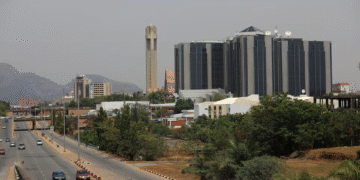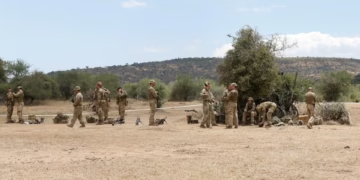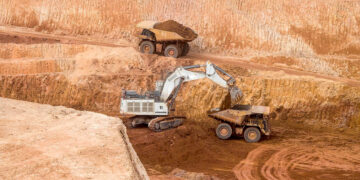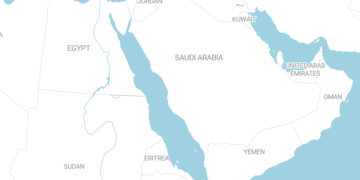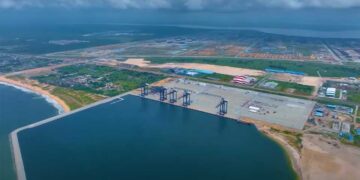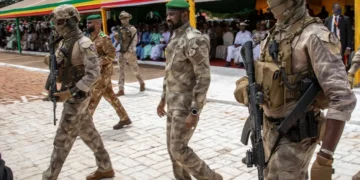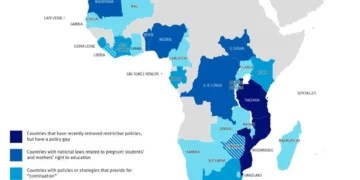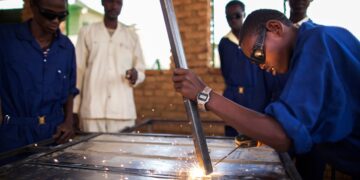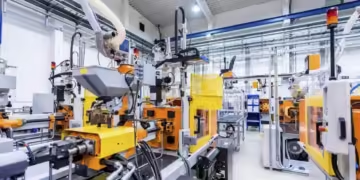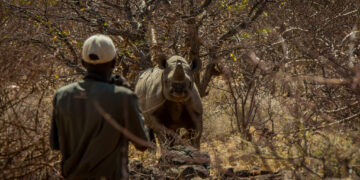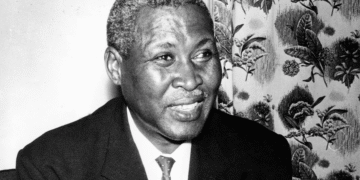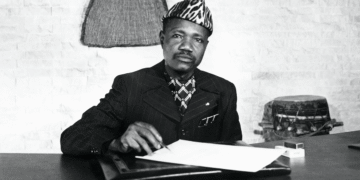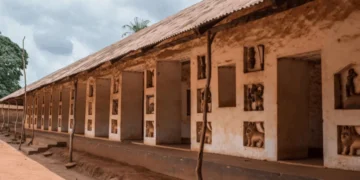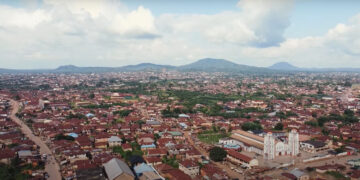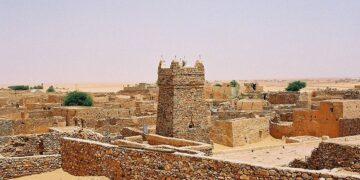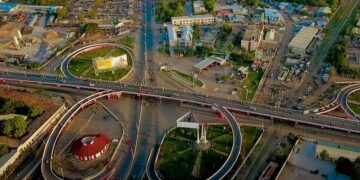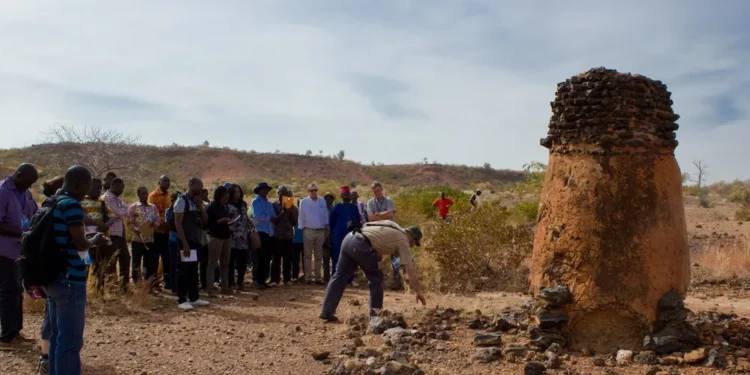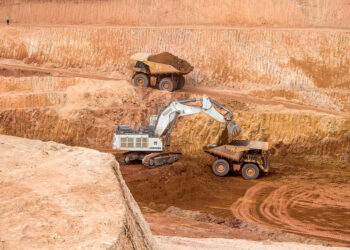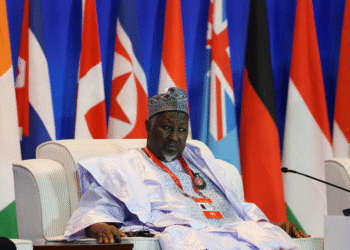The Ancient Ferrous Metallurgy Sites of Burkina Faso (French: Sites de métallurgie ancienne du fer du Burkina Faso) are archaeological remains and a living testament to the ingenuity and creativity of ancient African societies in the fields of mining and metallurgy. These ancient metallurgical sites, once used to extract iron from ores, are spread across five regions in the North and North Central regions of Burkina Faso, demonstrating complex metalworking skills and processes and providing insight into the crucial role iron played in the emergence of ancient African cultures.
The Ancient Ferrous Metallurgy Sites of Burkina Faso are a testament to African ingenuity; they demonstrate that ancient African societies possessed a deep knowledge of mining and metallurgy techniques and were capable of extracting and processing iron with high efficiency.
They also challenge colonial narratives that sought to diminish African civilizations, emphasizing their contributions to human history.The ancient iron mining sites in Burkina Faso represent a window into the past, providing valuable information about the daily lives of ancient African societies, including their agricultural, industrial, and trade techniques.
These sites help to understand how steel was an integral part of the lives of the people who lived in these areas and has become an integral part of Burkina Faso’s cultural heritage, which must be preserved for future generations, especially as it reflects Africa’s long industrial history. Historians consider these sites include some of the oldest traces of iron production in Sub-Saharan Africa, suggesting that African cultures were pioneers in this sector and contributed to the development of iron extraction processes that spread over the world.
The ancient iron mining sites in Burkina Faso consist of five complexes located in different provinces of the country. The first complex is “Douroula”, the oldest iron-making site in Burkina Faso, dating back to the 8th century BC. The site contains natural smelting furnaces, mines, and traces of dwellings. The oldest known evidence of the development of iron production in Burkina Faso has been found at this site.
The second complex is “Tiwêga”, located 5 kilometers west of Kaya, and contains three natural smelting furnaces built in the shape of truncated cones, approximately 2.6 meters high. The lower parts of the furnaces were built using industrial waste shards and a clay lining, while the upper parts were made of slag shards. The third and fourth complexes are the “Yamané” and “Kindibo” sites, which contain several large smelting furnaces built in a similar manner. These furnaces date back to between 13th and 14th centuries (for the “Yamané” complex) and 10th and 11th centuries (for the “Kindibo” complex). These furnaces are associated with the Mossi community.
The fifth complex is “Békuy,” characterized by a large accumulation of slag, which forms mounds up to 11 meters high near the furnace ruins. The furnaces at this site are much older, dating back to 500-400 BC. They are partially buried underground and require the use of bellows.
The techniques used to smelt iron ore in the Ancient Ferrous Metallurgy Sites of Burkina Faso rely on natural airflow. These furnaces reach a height of five meters, are direct-induction furnaces, and require only ambient airflow to operate. While small smelting furnaces require the use of bellows, they are found throughout Burkina Faso, while large natural smelting furnaces are found only at ancient iron mining sites.
These sites underscore the cultural importance of blacksmiths, who play a vital role in Burkina Faso’s communities, providing them with agricultural and household tools. They also participate in a variety of traditional rites and festivities and hold a high social status, often serving as “intermediaries” between the “material” and “spiritual” worlds.
The process of extracting iron from ores in Burkina Faso’s villages is surrounded by tradition and ritual. Blacksmiths begin the production process by praying to their ancestors for guidance and strength. Although today’s population does not process iron in the same way as before, the blacksmiths’ social status remains.
According to UNESCO:
“The ancient ferrous metallurgy sites of Burkina Faso are directly associated with living traditions embodied by the socioprofessional group of the blacksmiths. These traditions are expressed today by symbolic values linked to iron technology in the communities that descend from the blacksmiths and metallurgists. As the masters of fire and iron, the blacksmiths perpetuate ancestral rites and social practices that confer on them an important role in their communities at Yamané, Kindibo and Douroula.”
Burkina Faso’s ancient iron mining sites face many challenges, including natural erosion due to weathering, which means that their preservation requires ongoing efforts. Vandalism and theft are common at some sites, necessitating security measures. These sites also face the difficulties facing local communities and government in terms of balancing economic development and cultural heritage preservation.
Efforts to preserve the ancient iron mining sites in Burkina Faso led to their inscription on the UNESCO World Heritage List in 2019. This inscription gives international protection for the sites and aids in their conservation. The Burkinabe government is also working to conserve them and create cultural tourism in the area.






